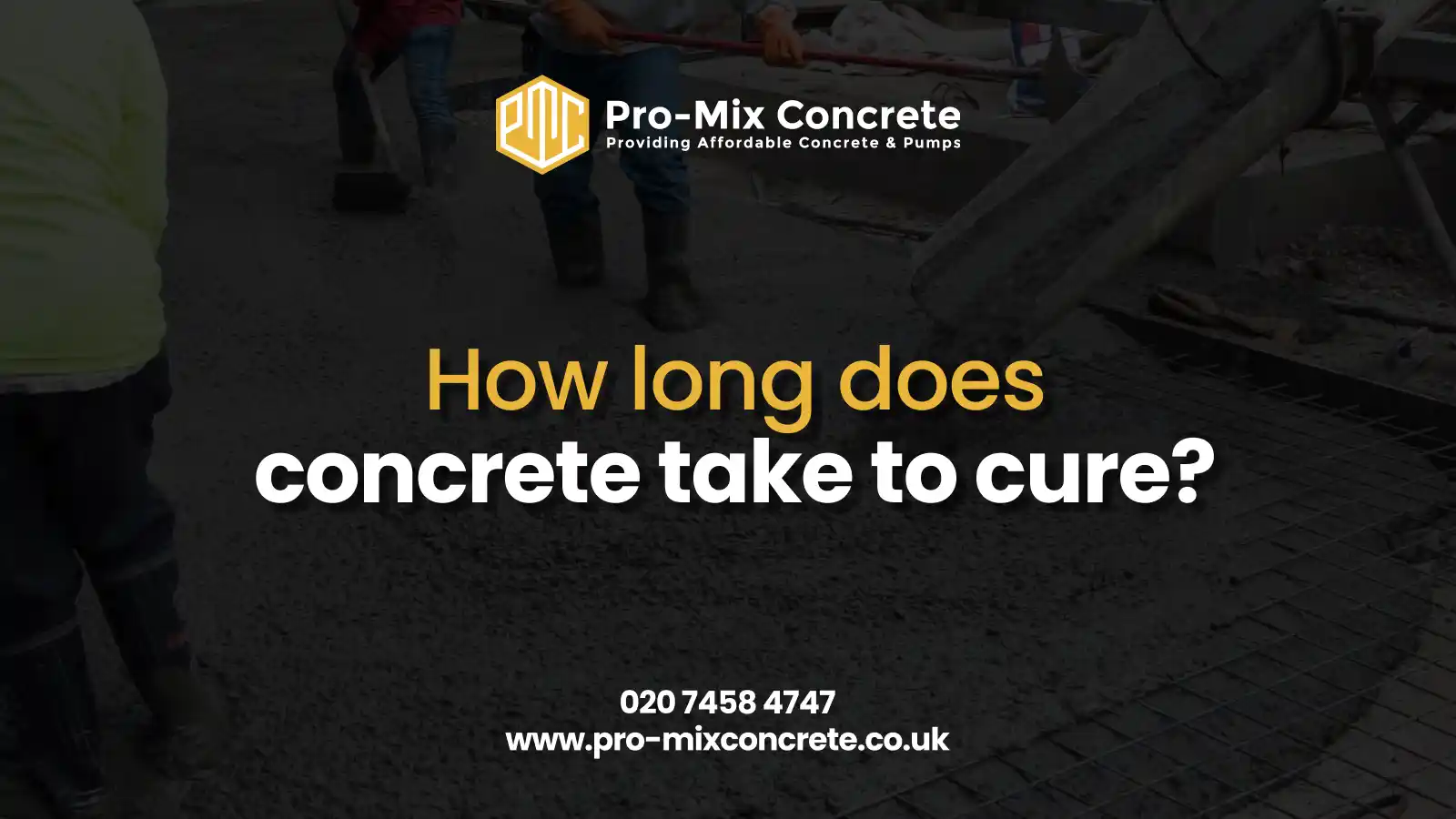The rhythmic pour of concrete, the meticulous smoothing of its surface, and then, the wait. Few materials have transformed human construction capabilities like concrete, yet its remarkable strength comes with a crucial caveat: time. How long does concrete take to set is not merely a technical question but a practical puzzle that contractors, DIY enthusiasts, and construction managers solve daily to orchestrate successful projects.
Concrete’s setting time governs construction schedules, impacts structural integrity, and determines when life can resume its normal flow across a newly poured surface. Understanding this process is the difference between a durable structure that will stand for generations and a compromised one that might fail prematurely. The journey from a wet, malleable mixture to a rock-solid foundation involves fascinating chemical transformations, careful monitoring, and sometimes, strategic intervention.
The Science Behind Concrete Setting
Chemical Reactions During Setting
When we ask how long concrete takes to set, we’re really asking about a series of chemical reactions. Concrete setting involves hydration, a process where cement particles react with water to form calcium silicate hydrate crystals. These crystals interlock to create the solid mass we recognise as hardened concrete.
The setting process occurs in two distinct phases:
- Initial set: When concrete becomes stiff enough that it resists penetration and can no longer be worked effectively
- Final set: When the concrete has hardened sufficiently to bear some weight
Setting vs. Curing: Important Distinctions
Many people confuse setting with curing. While setting refers to the hardening process, curing involves maintaining moisture and temperature conditions to allow continued strength development. When someone asks how long concrete takes to dry, they’re often referring to complete curing rather than initial setting.
Curing is essential because:
- It allows for the continued hydration of cement particles
- It helps concrete develop its full-strength potential
- It reduces the risk of cracking and other defects
Typical Concrete Setting Time Frames
Initial Setting Time
Under standard conditions (70°F/21°C with moderate humidity), concrete typically reaches its initial set in 1-2 hours. At this stage, you can no longer easily manipulate the surface, but the concrete is nowhere near its full strength.
Final Setting Time
The final setting typically occurs within 4-8 hours after pouring. At this point, the concrete has hardened significantly, though it continues to gain strength through the curing process.
Strength Development Timeline
While concrete sets within hours, strength development follows a longer timeline:
- 24-48 hours: Concrete typically reaches 30-50% of its design strength
- 7 days: Approximately 70-75% of design strength
- 28 days: Concrete reaches its specified design strength (typically 3,000-5,000 psi for residential applications)
When homeowners ask how long a concrete floor takes to dry, they should understand that while surface drying might occur within days, complete strength development takes weeks.
Factors Affecting Concrete Setting Time
Temperature and Environmental Conditions
Temperature significantly impacts setting time:
- Hot conditions (above 80°F/27°C): Accelerates setting, potentially reducing workability time by 50%
- Cold conditions (below 50°F/10°C): Slows setting, possibly doubling normal setting times
- Freezing conditions: May halt the chemical reaction entirely
Humidity also plays a crucial role. High humidity slows surface drying but can be beneficial for proper curing.
Concrete Mix Design
The composition of concrete dramatically affects setting time:
- Water-to-cement ratio: Higher water content generally extends setting time
- Cement type: Type III (high early strength) cement sets faster than Type I (ordinary Portland cement)
- Aggregate size and type: Finer aggregates typically result in faster setting
- Admixtures: Chemical additives specifically designed to accelerate or retard setting
Admixtures and Their Effects
Admixtures are often used to modify concrete behaviour. Accelerators speed up setting, making them useful in cold weather, while retarders delay setting, preventing premature hardening in hot conditions. Water-reducing agents improve workability without increasing water content, maintaining a balance between ease of use and setting time.
Practical Guidelines for Different Applications
Residential Concrete Projects
For typical residential applications, consider these timeframes:
- Walkways and patios: Wait at least 24 hours before light foot traffic
- Driveways: Allow 7 days before driving passenger vehicles on the surface
- Basement floors: How long does a concrete floor take to dry enough for finishing work depends on ventilation and humidity, but typically requires 2-4 weeks before installing moisture-sensitive flooring
Commercial and Heavy-Load Applications
Commercial projects usually demand more precise timing:
- Light foot traffic: 24-48 hours
- Equipment placement: 7-14 days, depending on weight
- Full design load: 28 days minimum
Critical Timing for Post-Pour Operations
Timing is crucial for operations like:
- Finishing operations: Typically begin when bleed water disappears and concrete supports foot pressure with minimal indentation
- Joint cutting: Usually performed within 4-12 hours after pouring to prevent random cracking
- Form removal: For walls and columns, typically 24-48 hours; for structural beams and slabs, often 7-14 days
Monitoring and Testing Setting Time
Contractors use a few simple indicators to check if the concrete is set properly. The first sign is the disappearance of surface water, which shows that the concrete mix is beginning to stiffen. Another method is the footprint test if a footprint barely leaves an impression, it’s a good sign that finishing can begin. A quick scratch test on the surface also helps determine if the concrete is hardening as expected.
For more precise measurements, professional testing methods are used. Penetration resistance tests measure how much force is needed to push into the concrete, giving a clear idea of its hardness. The time of set test, based on ASTM C403 standards, helps determine when the concrete has reached its initial and final set.
Another useful method is the maturity test, which tracks temperature changes to estimate strength development. These tests ensure that the concrete is set at the right pace and will achieve the necessary durability.
Controlling and Adjusting Setting Time
Accelerating Setting When Needed
When the faster setting is required:
- Use hot water in the mix
- Add accelerating admixtures
- Use Type III high-early-strength cement
- Increase cement content
- Utilise external heating methods in cold weather
Delaying Setting Time
When extending working time is necessary:
- Use cold water in hot weather
- Add retarding admixtures
- Pre-cool aggregates
- Schedule pours during cooler periods of the day
Weather-Specific Adjustments
Different weather conditions demand specific approaches:
- Hot weather concreting: Shield materials from direct sun, use ice in mixing water, apply evaporation retarders
- Cold weather concreting: Heat mixing water, use insulating blankets, employ enclosures with supplemental heat
Common Problems and Solutions
Settling Too Quickly
When the concrete sets faster than desired:
- Causes: High temperatures, low humidity, wind exposure, improper mix design
- Solutions: Use sunshades, windbreaks, retarding admixtures, or schedule pours during cooler periods
Setting Too Slowly
When concrete takes too long to set:
- Causes: Cold temperatures, excessive retarder use, high water content
- Solutions: Use accelerators, insulating blankets, or heating systems
Addressing Surface and Setting Problems
Common problems include:
- Plastic shrinkage cracks: Typically occur in hot, windy conditions when water evaporates too quickly
- Cold joints: Form when new concrete is placed against previously hardened concrete without proper bonding
- Scaling: Surface flaking is often caused by premature finishing or improper curing
Long-Term Strength and Durability Considerations
Relationship Between Setting, Curing, and Long-Term Performance
Proper setting and curing directly impact long-term performance:
- Inadequate curing can reduce final strength by up to 50%
- Proper curing increases abrasion resistance by up to 60%
- Extended curing periods (beyond 28 days) can continue to improve durability characteristics
Best Practices for Optimal Results
To achieve optimal concrete performance:
- Maintain proper moisture conditions for at least 7 days
- Protect concrete from temperature extremes during setting and early curing
- Follow specified curing methods (wet curing, membrane curing, or insulating blankets)
- Consider longer curing periods for critical structural elements
Takeaway
Understanding how long concrete takes to harden is crucial for successful construction projects. While the initial setting occurs within hours, strength development continues for weeks and even months. The question of how long concrete takes to dry has no single answer since it depends on mix design, environmental conditions, and specific application requirements. However, by following the guidelines outlined in this article and consulting with concrete professionals when needed, you can ensure your concrete projects meet both timeline and quality expectations.
Why leave your concrete’s quality to chance when Pro Mix Concrete London offers precision-engineered mixes tailored to your exact project needs? Our specialised formulations are designed to deliver predictable setting times, superior workability, and exceptional long-term performance regardless of your project’s complexity. With Pro-Mix, you’re investing in peace of mind backed by decades of material science expertise.
Contact us for a consultation and quote tailored to your specific project requirements!
Frequently Asked Questions
The right pump depends on your project size, site accessibility, and concrete volume. Truck-mounted pumps are ideal for tight spaces, while stationary pumps work best for large-scale projects.
Rental costs vary based on pump type, rental duration, and additional services like transportation and operator fees. It’s best to request a detailed quote from a rental provider to avoid hidden charges.
Yes, operating a concrete pump requires skill and experience. Some rental companies offer trained operators, while others may require you to arrange one separately.
It’s recommended to book at least a few days to a week in advance, especially during peak construction periods, to ensure availability and proper scheduling.
- Dennis Broderick
- Dennis Broderick is the founder and owner of Pro-Mix Concrete Company, a trusted name in ready-mix concrete solutions across the UK. With over 20 years of hands-on experience in the construction and concrete industry, Dennis brings unmatched expertise, practical insights, and a commitment to quality on every project - from residential driveways to large-scale commercial developments.
 BlogDecember 8, 2025How Do You Calculate The Concrete Required For A Job?
BlogDecember 8, 2025How Do You Calculate The Concrete Required For A Job? BlogNovember 26, 2025Ready Mix Concrete Costs UK: 7 Key Factors That Affect Your Price Per m³
BlogNovember 26, 2025Ready Mix Concrete Costs UK: 7 Key Factors That Affect Your Price Per m³ BlogNovember 26, 2025How Long Does Concrete Take To Cure?
BlogNovember 26, 2025How Long Does Concrete Take To Cure? BlogNovember 20, 2025How To Measure Concrete With A Concrete Calculator?
BlogNovember 20, 2025How To Measure Concrete With A Concrete Calculator?





